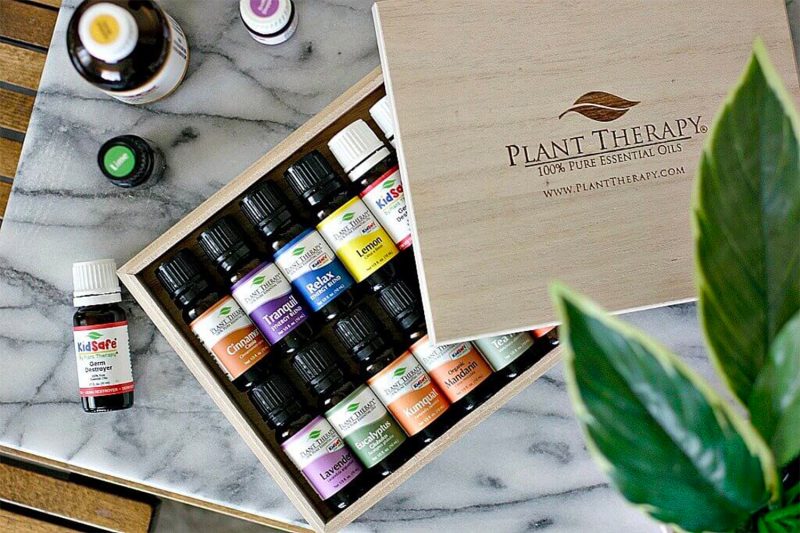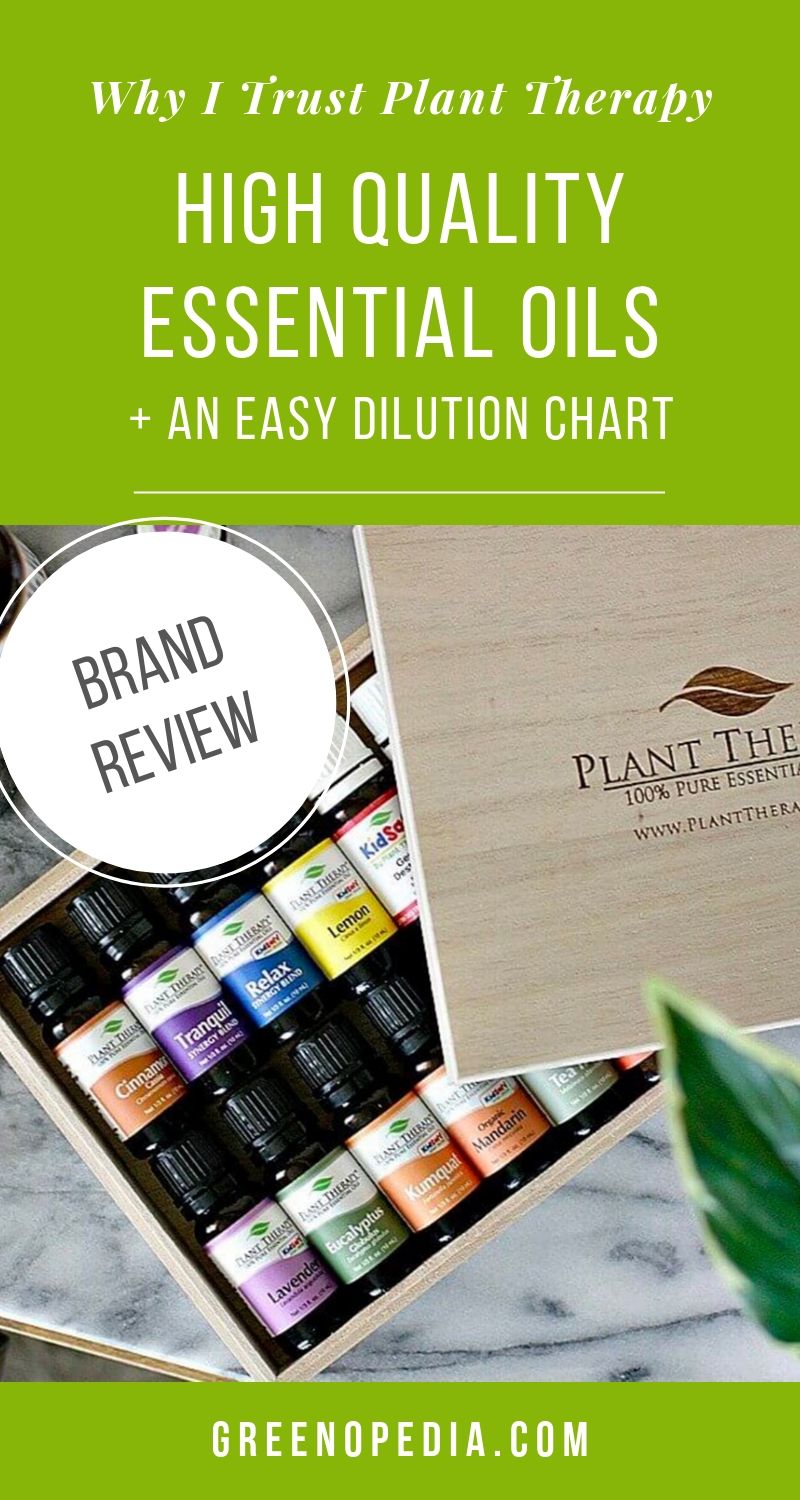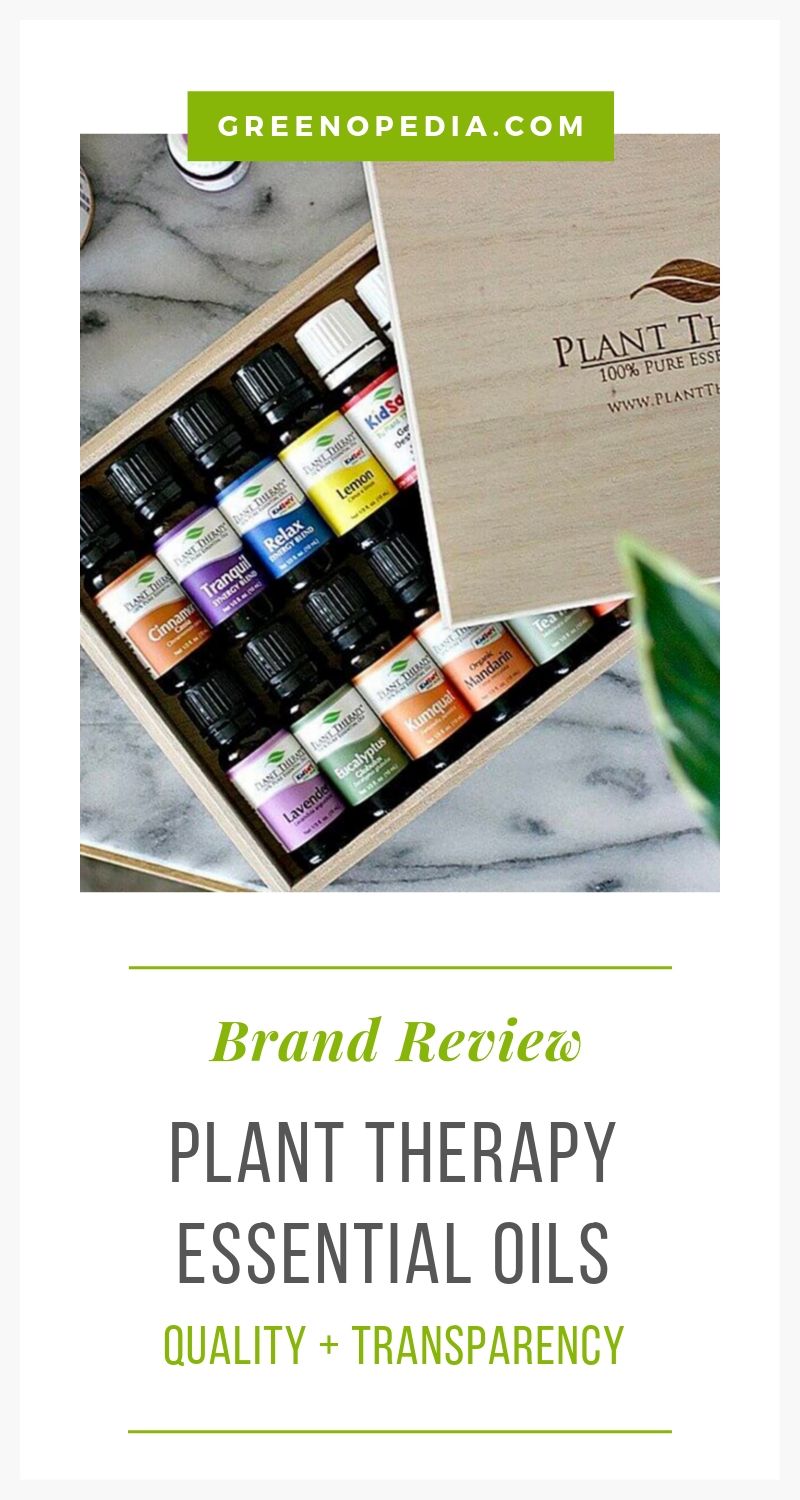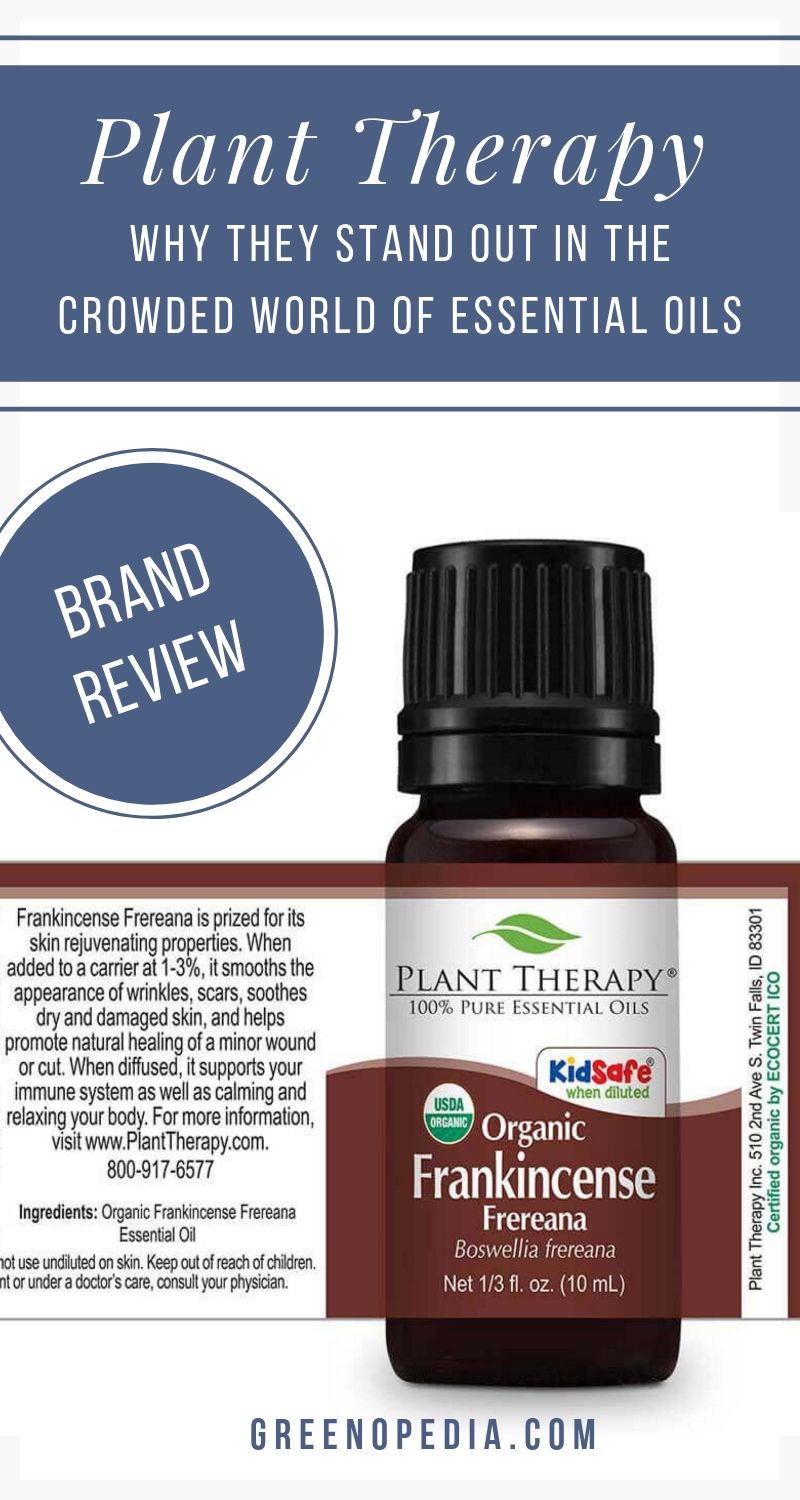Essential oils are so trendy these days that it’s become a bit of the Wild West out there. From yoga studios to gas stations, you can find beautiful smelling blends that promise everything from relieving your stress to aligning your chakras.
But if you’ve ever used EOs to kill bathroom mold or to battle a cold, you already know they aren’t just a pretty aroma. Essential oils are extremely powerful plant chemicals that can benefit us in countless ways — yet also cause harm if we don’t know what’s truly in the bottle or how to properly use them.
So whether you use them to fill your home with amazing scents or to help heal your body and calm your mind, it’s important to use only high-quality essential oils from a reputable brand… and to use them wisely.
With that in mind, I think you’ll appreciate this introduction to Plant Therapy. And if you use EOs with your lil’ ones, you’ll especially appreciate their unique line of carefully crafted KidSafe blends.
In this brand spotlight:
- Meet Plant Therapy
- Why quality matters
- What goes into Plant Therapy’s oils?
- KidSafe Essential Oils
- Reap the Benefits

Meet Plant Therapy
Plant Therapy started as a family business in 2011, a couple of years after the founder (Chris Jones) bought his mother-in-law’s small company of natural beauty products.
Chris initially honed in on the essential oils, growing the business into a high-quality brand known for its integrity and transparency. After a few years of laying this solid foundation, he and his team expanded with a line of CBD products that adhere to the same key values.
Beyond essential oils and CBD, Plant Therapy also has an extensive line of carrier oils and essential oil diffusers.
Why quality matters
Did you know that it can take thousands of plants to produce a single bottle of essential oil? True story!
It takes far fewer hemp plants to extract CBD oil. But as you can imagine, it still takes a significant amount of time and cost to plant, grow, and nurture so many plants — and to ultimately manufacture them into oils.
Unfortunately, some essential oil and CBD brands take short cuts. For example, they will:
- Dilute their oil with fillers or unwanted additives.
- Source their oils blindly without testing them for mold or other harmful contaminants.
- Manufacture cheap, synthetic versions of the oil that mimic the real thing. Not only can these knock-offs drastically reduce the oil’s therapeutic benefits (or eliminate them altogether), but they can also be harmful. Those will sensitive skin and lungs can experience dangerous reactions to synthetic fragrances. And synthetic CBD oil has sent people to the emergency room!
This is why it’s important to buy from brands that don’t cut corners and are transparent about each stage of their process from growing the plants to extracting the oils… and educating buyers to make sure their products are used safely.
With quality top of mind, let’s talk about what goes into Plant Therapy’s essential oils and CBD products.
Plant Therapy
What goes into Plant Therapy’s Oils?
Whether we’re talking about their essential oils or their broad-spectrum CBD hemp extracts, Plant Therapy partners with ethical growers and never adulterates their products. And not only do they test their final products, but they make those test results readily available for customers to see for themselves.
Sustainably grown plants
Plant Therapy’s CBD is sourced from ethical hemp growers in the United States. However, essential oils often come from botanicals that only grow in certain regions of the world… which means that Plant Therapy’s EO suppliers are also found around the globe. And while some of the plants are grown conventionally, their team works closely with their suppliers to provide oils from organically grown plants, whenever possible.
It’s also worth noting that some of their partners grow to organic standards, but don’t pay the high price for certification. That means that many (not all) of their oils have been extracted from sustainably grown plants, even when the bottle is not stamped with the organic certification.
No synthetic fragrances, additives, or contaminants
Plant Therapy does not adulterate their oils with synthetic fragrances, additives, or diluents. Their oils (essential and CBD) truly are “pure” and they prove it by independently testing every single batch they produce.

Even if they’ve worked with a supplier before, they still run the oil through rigorous GC/MS testing to make sure that the (natural) chemical constituents that are supposed to be in the oil, are actually there. And those that are not supposed to be in it (additives and contaminants, for example) are not.
They also stamp each oil with a batch number and post its test results prominently on its product page. This way, you can see exactly what’s in the bottle before you buy it… or after.


Helpful information without the marketing hype
I can’t tell you how often I see brands labeling their oils as “therapeutic grade”. That irks me because, while the therapeutic benefits are plentiful, there’s no such thing as a “therapeutic grade” EO. It’s just marketing hype and makes me feel like the brand is trying to trick me into something.
Plant Therapy doesn’t do that. They do clearly explain the therapeutic benefits of each oil, but they do it without the marketing fluff.

And that’s not the only education they provide. They also answer a lot of my questions before I even think to ask them. For example,
- Can I apply this lavender oil directly to my skin or does it need to be diluted?
- Dilution charts can be so confusing. How many drops of essential oil should I add to the carrier?
- Is this bergamot oil photosensitive and should I only apply it topically at night? (I make my own face serums and body oils, so this kind of information is invaluable to me! And by the way, no… Plant Therapy removes the specific constituent that makes bergamot oil photosensitive.)
- What will the oil smell like and what other scents does it blend well with?
- Was this extracted using steam, CO2, or a solvent? (Chemical solvents are sometimes used to produce oils that can’t be extracted with steam. This is completely fine for most folks, but those who are acutely sensitive to chemicals might react to the trace amounts of solvent that are sometimes left behind.)

KidSafe Essential Oils
Plant Therapy is the only brand I’ve seen that has a dedicated line of KidSafe essential oils. These special blends address a range of ailments that are common in children aged 2 to 10, from a difficulty focusing and restless sleep to warts and head lice. And since children are smaller and more sensitive than adults, they avoid certain high potency oils like thyme, peppermint, and ylang-ylang.
Plant Therapy KidSafe Line
Reap the Benefits
Essential oils and cannabis have both been used as healing remedies since ancient times. Even modern scientists have studied their wide range of benefits from killing household germs to reducing inflammation in our bodies, respectively.
But with armies of multi-level marketers and well-intentioned enthusiasts all spreading the love, it’s important to remember that quality and transparency matter. To fully reap the benefits, be sure to find brands you can trust… not because they say they’re doing things the right way, but because they can prove it.
Personally, I’m a long-time customer of Plant Therapy, because I really appreciate the way they run their business. Beyond their commitment to quality, testing and transparency, they are also Leaping Bunny certified, which means they don’t test any of their products on animals – ever. Plus, they set aside a portion of the profits from every product they sell to support organizations from local homeless shelters and veterans to the Make a Wish Foundation and The Boys and Girls Club.
FREE DOWNLOAD
Natural Living Guide
Find practical tips & natural alternatives to the everyday chemicals that invade our lives.














